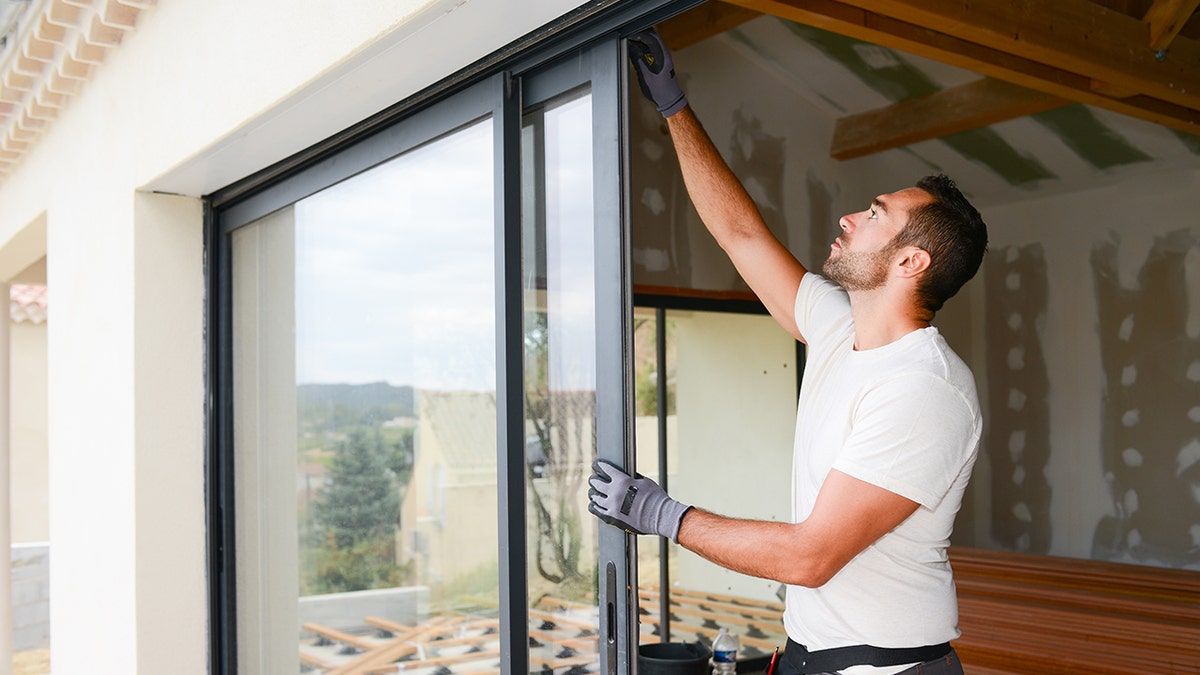
Energy-efficient widows can save you hundreds of dollars a year despite the initial cost to install them. (iStock)
Getting energy-efficient windows for your home is widely lauded as a way to cut down on drafts and save money on heating bills. But how much do these replacement windows cost, and will they really save you, anyway?
To help you crunch the numbers and do some concrete cost-benefit analysis, here's everything you need to know about adding energy-efficient windows to your home.
How energy-efficient windows work
Several elements contribute to the overall energy efficiency of windows:
More From Realtor.com
Frames: If you have old windows, they are likely to have aluminum frames. The problem with that is aluminum allows hot and cold air to easily pass through from one side to the other. “A vinyl or fiberglass frame [which you’ll find in updated windows] is much more energy efficient,” says Michal Bohm, owner of BM Windows, a replacement window company in San Diego. Both of these materials are poor conductors of heat, and thus better insulation.
Number of panes: Most older windows have a single pane of glass that lets the heat of your home slip out during the winter months. (And do a similarly so-so job of keeping your air conditioning contained during the summer.) Energy-efficient windows will have two, or even three, panes to cocoon your home.
Fancy glass: In between these panes of glass, manufacturers of energy-efficient windows insert an inert gas like argon or krypton. Because these are denser than air, they reduce the amount of air that is transferred into and out of your house.
These insulated glass units (IGUs) also feature what’s known as low-emissivity (“low-e”) glass. Think of it as sunscreen for your house.
“Low-e glass features a microscopically thin layer of metallic oxides that both control infrared light and reflect the sun’s ultraviolet rays,” says Larry Patterson, franchise owner of Glass Doctor, a Neighborly Company in Dallas. “This has the combined effect of reducing solar heat gain in the summer and lowering home heat loss in the winter.”
Window installation: How your windows are installed can also make a huge difference in their performance. “You can buy the most expensive windows on the market, with the best energy- efficiency ratings, but if they aren't installed properly, you won't see the energy savings,” Bohm says.
Hint: When you're ready to upgrade, think about hiring a replacement window company that has a professional installation team, rather than a company that outsources the installation to subcontractors or general laborers.
How much will energy-efficient windows save you?
The U.S. Department of Energy estimates that you’ll save between $126 to $465 a year by replacing single-pane windows in your home. Already have double-pane windows? You can still reap savings by switching them out with energy-efficient ones, but far less. Plan on $27 to $111 per year.
Where you live also matters.
“The average savings overall are about $250 in warmer states and $150 in colder states,” says David Bakke, a personal finance expert at Money Crashers.
Since the average replacement cost runs around $150 per window, depending upon how many you have to replace, you may see savings after even one year or two.
Do energy-efficient windows have other benefits?
Energy-efficient windows are also excellent at reducing noise pollution. “Most homeowners report that 60 percent to 75 percent of exterior noise is muted when they installed IGUs in their home,” says Patterson.
Low-e coatings on windows also help reduce sun damage to your furniture, carpets and even personal items like photos by up to 75 percent.
Plus, consider the value you could add to your home. Notes Bohm, “a conservative estimate would be to expect to recoup about 70 percent of the purchase price of your replacement windows when it comes time to sell your home.”
Combine that with your monthly energy savings, Bohm adds, and “your windows should more than pay for themselves."
What are the best energy-efficient windows to buy?
Fortunately, “Manufacturers have made significant technology advancements over the years, and new labeling requirements allow you to more easily compare window performance,” says Mark Montgomery, vice president of marketing for Ply Gem Windows.
Any windows you choose should have an Energy Star rating. This means the windows will meet or exceed energy code requirements.
Next, pay attention to what’s called the National Fenestration Rating Council (NFRC) label. This lets you geek out on comparing such nitty-gritty properties as U-factor (the rate of the window's non-solar heat loss or gain) and solar heat gain coefficient (SHGC—the fraction of solar radiation that passes through the windows).
If your eyes just glazed over at that list, don’t panic. Energy.gov’s comprehensive Efficient Windows Collaborative can help you select the right windows based on your geography and climate.
Keep in mind, too, that many cities, states and utility companies offer incentives or rebates for homeowners who decide to upgrade to energy-efficient windows. Ask a window company what’s available in your area, or search for current deals on Energystar.gov.







































